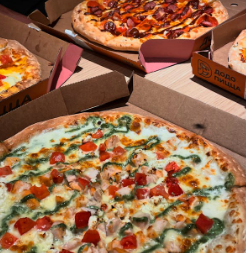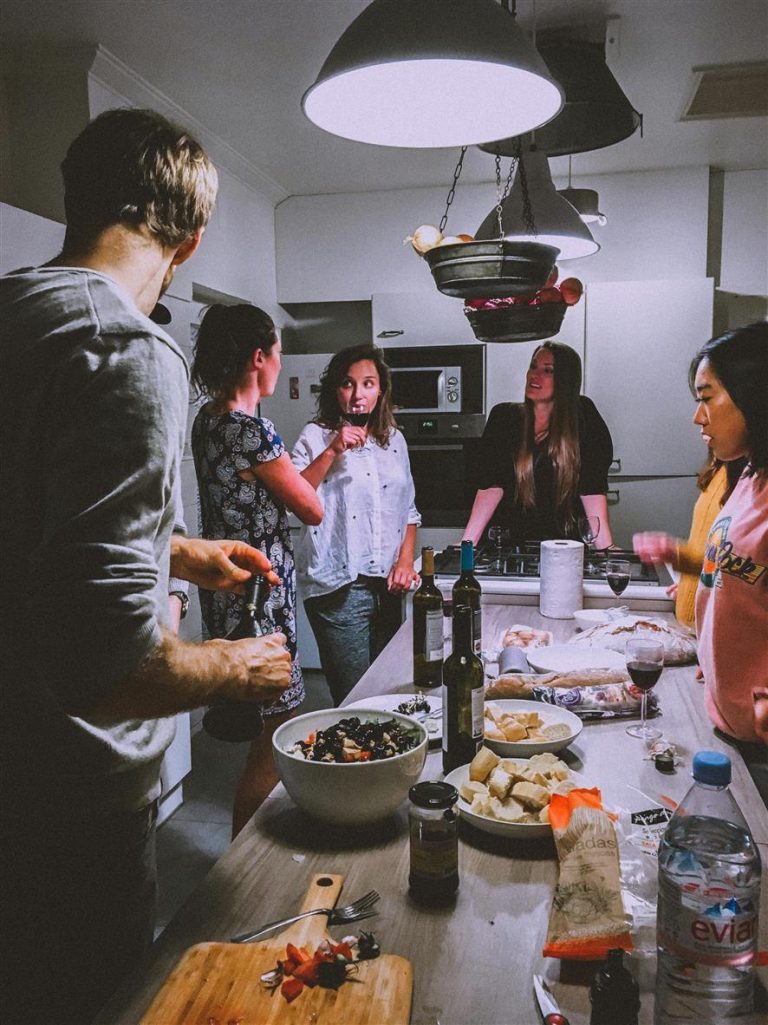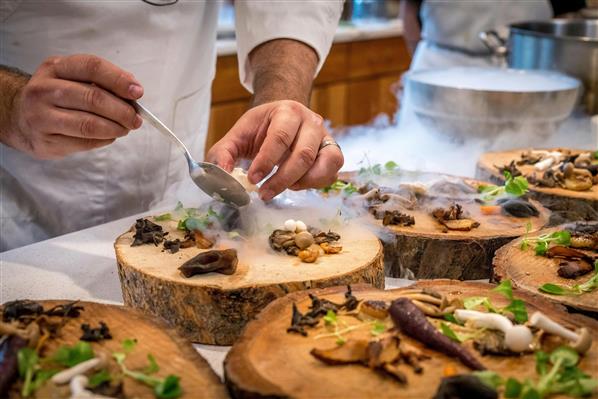
In an era defined by fast tech, short attention spans, and algorithm-driven everything, it’s telling that many of us are slowing down in the one place that once symbolized modern efficiency: the kitchen. Across social feeds, food blogs, and family dining tables, a quiet shift is underway. The flashy, futuristic meals of recent years—liquid nitrogen desserts, rainbow bagels, avocado spirals—are giving way to something far more familiar: warm stews, slow-cooked meats, heirloom pies, and recipes pulled from handwritten cards rather than cooking apps. Comfort food is back, and it’s not just about taste. It’s about memory, ritual, and reclaiming a sense of belonging in uncertain times.
The Rise of the “Low-Fi” Kitchen
There was a time when the modern kitchen was supposed to look more like a lab than a living room. Sleek appliances, voice-controlled coffee makers, and app-connected fridges seemed to suggest we’d outsource effort for efficiency. But as the world grew more digitized—and, frankly, more exhausting—many started to romanticize the analog. The act of peeling potatoes by hand or braising meat for hours became a form of resistance to hyper-optimization. It’s no coincidence that sourdough starters trended during global lockdowns. People weren’t just baking—they were nesting.
The current embrace of comfort food often parallels the return of tactile, manual tasks. Kneading dough, stirring sauces, and grating cheese are not just cooking steps—they’re rituals that slow the mind and re-center the body. And while they don’t produce results at the speed of a microwave dinner, they offer something far rarer: presence.

Food as a Time Machine
More than any other sensory experience, taste has the uncanny ability to transport us. One spoonful of a familiar dish can summon childhood, lost relatives, or entire neighborhoods long gone. Whether it’s arroz con pollo, matzo ball soup, mac and cheese, or jollof rice, comfort food connects us to stories—our own and those we’ve inherited.
This emotional resonance has led many to return to their roots, literally and figuratively. Cookbooks featuring “grandmother recipes” are seeing a resurgence. YouTube channels led by elder home cooks have loyal fanbases. Even high-end restaurants are leaning into rustic, ancestral themes—eschewing fusion in favor of authenticity. There’s something grounding in eating a meal that was cooked in the same way, and with the same ingredients, as it might have been generations ago.
The Mental Load of Modern Eating
Beyond the emotional pull of comfort food lies a backlash against modern food anxiety. Today’s consumer is bombarded with conflicting messages: eat clean, but indulge; avoid gluten, unless it’s artisanal; count macros, but love your body. It’s exhausting. In this context, reaching for mashed potatoes or chicken pot pie is a kind of palate cleanse—not just for the tongue, but for the mind.
Comfort food doesn’t perform. It doesn’t try to look pretty on Instagram. It’s not typically built for virality. It’s just meant to feed you, in every sense of the word. For many, that’s a welcome relief from the pressure of food trends that feel more performative than nourishing.
Pandemic Echoes and the Need for Control
The global pandemic reoriented people’s relationships with home. Kitchens, once auxiliary to fast-paced lives, became central. Baking banana bread or slow-cooking stews wasn’t just a time-filler—it was a way to assert control in a world that felt unmanageable. That psychological imprint remains. Even as the world reopens, many continue to find security in the stove, the cutting board, and the simple joy of a meal that doesn’t need a nutritionist’s approval to feel right.
In many ways, the revival of comfort food is a form of emotional insurance. In a climate where news cycles are chaotic, institutions feel fragile, and the future seems perpetually uncertain, a plate of pancakes or a bowl of chili is a stable constant. It says: things might be wild out there, but here, you are safe.
From Trend to Tradition
While some critics dismiss the comfort food wave as another food trend, it might be something deeper—a cultural correction. The last decade has been marked by food spectacle: the more bizarre, colorful, or surprising, the better. But shock and awe only go so far before fatigue sets in. What people now crave is reliability, depth, and a narrative they already know.
Restaurants are catching on. Menus are dialing down gimmicks and emphasizing heritage dishes. “Farmhouse” and “home-style” are becoming mainstays in city bistros. Chefs are revisiting their childhood meals, putting their own quiet spin on them, but keeping the soul intact. Even Michelin-starred kitchens are beginning to make space for food that feels rather than dazzles.
What Comfort Looks Like Now
To be clear, comfort food isn’t monolithic. For one person, it’s spaghetti and meatballs; for another, it’s pho, dal, or shepherd’s pie. It reflects heritage, upbringing, and geography. But what unites all these dishes is their intent. They’re not about restraint. They’re about abundance—not necessarily in portion size, but in feeling. They fill more than the stomach.
There’s also an emerging movement toward blending comfort with care—swapping out a few ingredients for healthier options without diluting what makes the dish meaningful. But the guiding principle remains the same: food should make you feel good—not just during the meal, but well after.

Final Course
Comfort food is making a cultural comeback not because it’s new, but because it never really left. It waited in the margins while we flirted with molecular cuisine and dehydrated kale. Now, it’s returning to the center of the plate—unapologetic, humble, and deeply human.
In a world that often demands sleekness, speed, and constant reinvention, comfort food whispers something radical: you already have enough. It doesn’t promise to change your life. It just reminds you of what matters. And sometimes, that’s more than enough.






